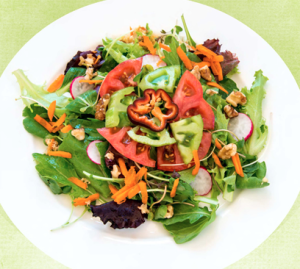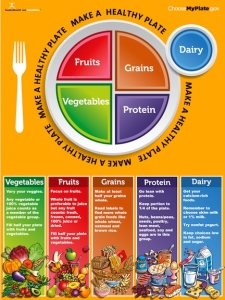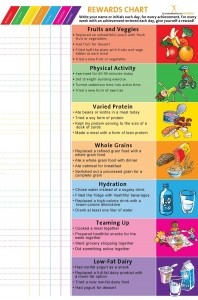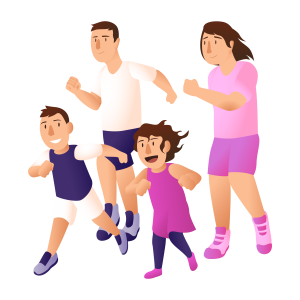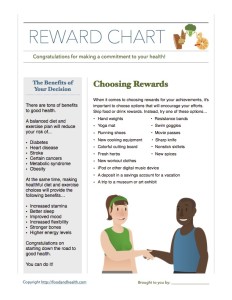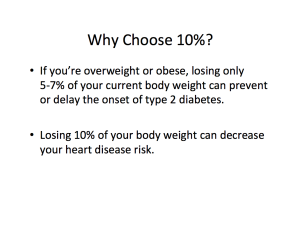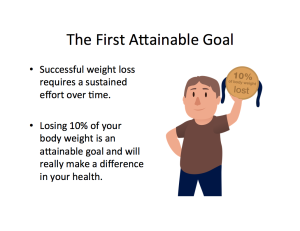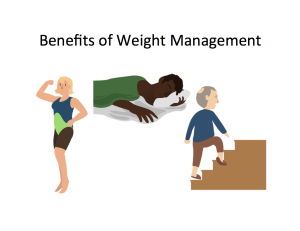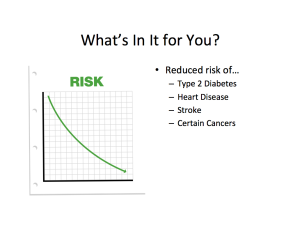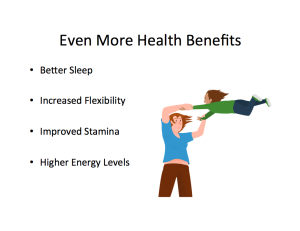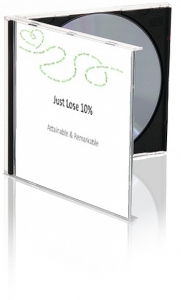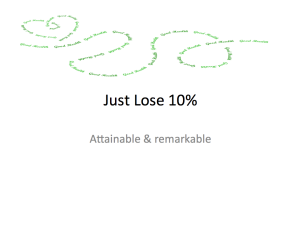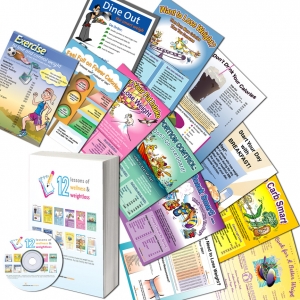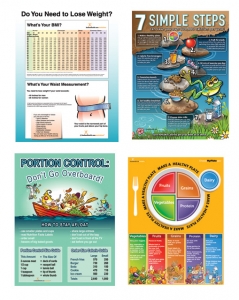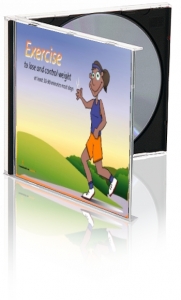When it comes to screening for colorectal cancer (CRC), 45 is the new 50.
That’s because CRC rates have increased for people under the age of 50, prompting experts to lower the recommended age to begin screening for those at average risk for the disease.
As nutrition and health educators, we can teach diet- and lifestyle-related changes that lower the risk of developing CRC. But reminding people to get screened is also important, as many put off that first colonoscopy or fail to follow their doctor’s recommendation for future screenings.
Here are a few ways to incorporate CRC prevention into individual or group education:
- Explore the microbiome. Because gut health is related to colon cancer, our Microbiome PowerPoint and handout set is a great way to introduce people to this emerging topic. You’ll also want to check out the gut health poster and even a floor decal to go along with this theme.
- Discuss GI health in general using our Nutritional Strategies for Colon Health PowerPoint and handout set. This presentation includes information on diverticular disease as well as CRC.
- Promote MyPlate and regular physical activity. These topics may seem simple and routine, but when people eat the MyPlate way and move more every day, they’re cutting their risk of developing CRC. And because high intake of processed meats is also linked to CRC, be sure to emphasize that Real Food Grows.
Many people put off CRC screening because of the dreaded colonoscopy, so it may help to let them know that other screening options might be available.
Read more about the new colon cancer screening guidelines here.
Hollis Bass, MEd, RD, LD



